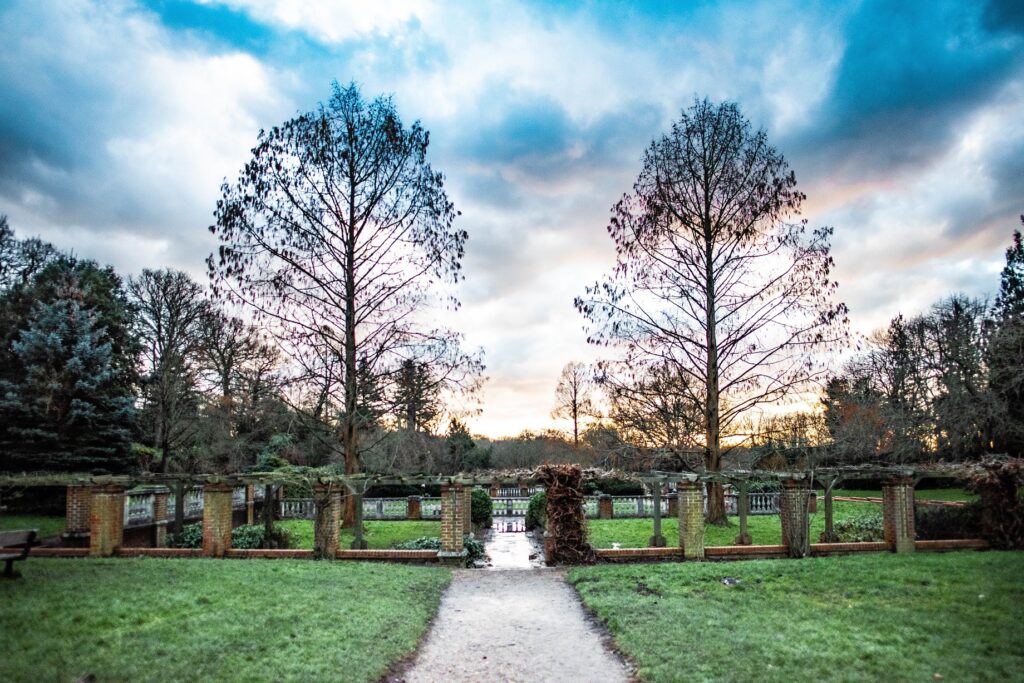Top tips for trying to save your garden during the hosepipe ban

The unprecedented weather conditions over the last couple of months has included a list of unwanted accolades such as the driest July in 135 years, the hottest recorded temperatures since 1885 and the river Thames reaching its lowest level since 2005 – all leading to the decision by Thames Water to deploy a Temporary Use Ban (hosepipe ban) across London and the Thames Valley. If you’re not sure who your supplier is, you can check using Water UK’s online tool.
With the temporary hosepipe ban coming of today, impacting over two million households across the UK, many will be wondering how this will impact their gardens, allotments and plant life. The team at www.myfavouritevouchercodes.co.uk have put together their top tips on how to keep your garden thriving during the temporary ban.
Water early and late
Despite the hosepipe ban being in force, gardeners can still water their respective gardens using either buckets or watering cans. Watering your plants during the daytime will largely result in a greater degree of water wastage, whereas aiming to tend to your garden during the early morning and later in the evening will avoid any potential evaporation – meaning the water you use will be put efficiently to use.
The overall aim here is to get plants through the imposed drought with the least amount of damage as humanly possible. This is why evening watering is the most effective way to allow plants requisite time to absorb the water overnight, before losing it through transpiration.
Root it out
As simple as it sounds, targeting where you’re delivering the water can be key to the longevity of your plant life. When it comes to the efficiency, aiming directly for the roots is the way to go when rationing water during any imposed water draught.
The reason this is so important is that when a plant is struggling for water, it will absorb the moisture from the surrounding soil if it isn’t getting enough to satiate itself – this means that missing the roots can spell big trouble for the surrounding foundations as well as the plant itself. You must aim to fully soak the roots, so that the water penetrates the membrane of the soil and can be fully absorbed by the plant.
Think direct to roots rather than an overhead spray and pray!
Waste not, want not
From day to day, we all use and, regrettably, waste water without even considering secondary uses for it. One major way we can prevent this this is to use the excess water from our bathing habits, whether that be putting the plug in whilst we shower or harvesting our leftover bath water – given that it was a rinse-off as opposed to water exposed to all sorts of bath bombs and perfumed body wash. This water can be perfect for filling your buckets and watering cans from to freshen up your garden.
Other, less volume, but equally valuable sources of everyday water can include older pet bowl water, catching the excess water from your boiled pasta and vegetables, or even using the collected water from condenser tumble dryers!




